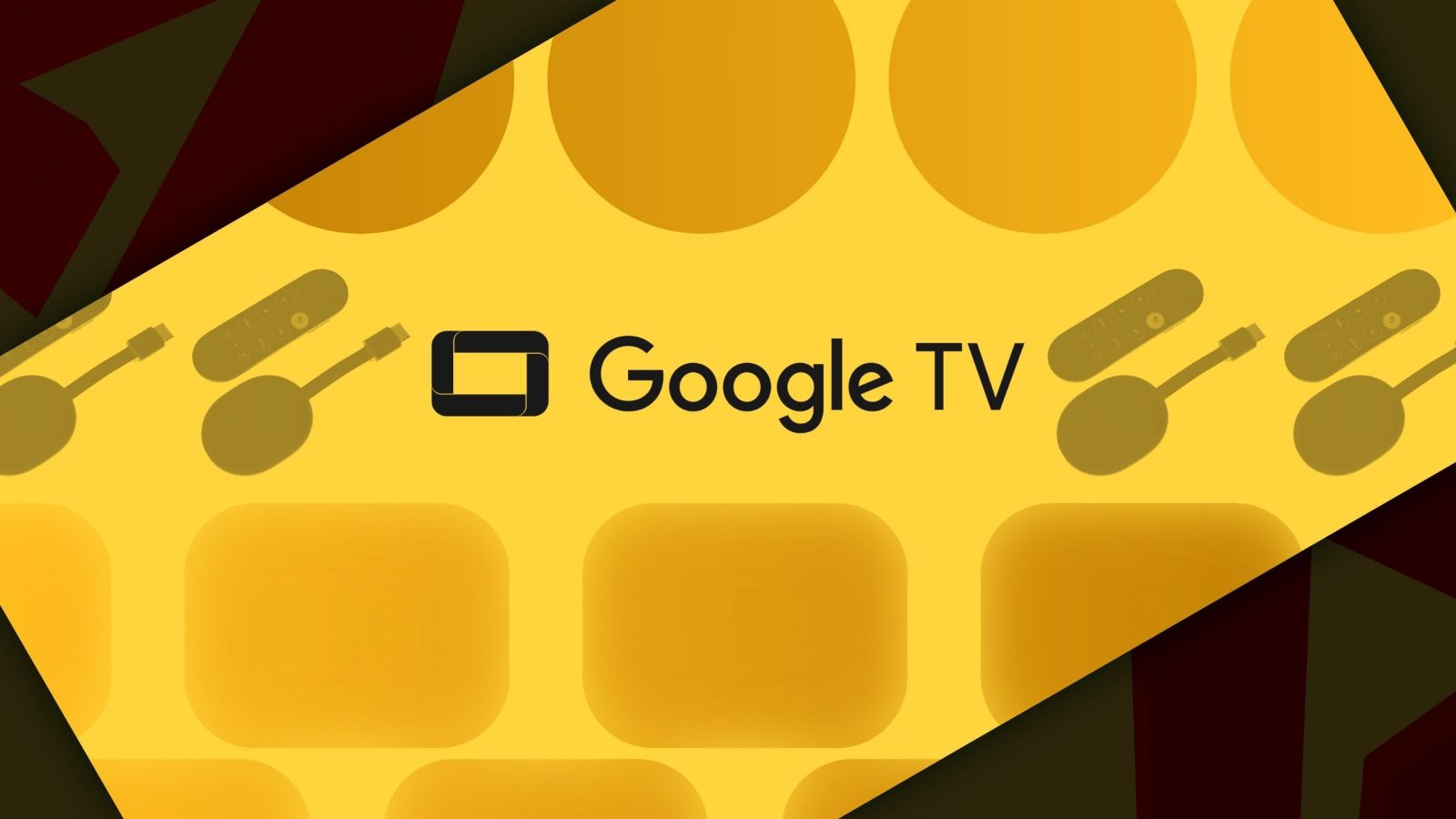Summary
- The Android 16 update for Google TV focuses mostly on UI improvements and streaming media playback consistency.
- Technical features, such as the new MediaQuality manager, help streaming apps identify content requirements easily.
- It introduces Eclipsa Audio, a spatial audio format like Dolby Atmos, which is open source and aims to increase accessibility to powerful audio tools and hardware.
With the days of channel surfing well in the rearview mirror, entertainment fans are at the mercy of their smart TV or streaming device’s built-in features. Unsurprisingly, the Android-based Google TV is one of the most streamlined and user-friendly.
The platform saw an Android 14-based update a year ago, and due to the changed rollout schedule, skipped the next version. Now, Android 16 is coming with some changes that, while mostly under the hood, aim to solidify the UI as the basis for some of today’s best streaming devices. Here are the most important updates to know about.
Related
A few things you’ll see right away
And some you won’t notice, as long as they work
Since Android 15 never hit the TV-focused fork, frequent Google TV users might notice an even bigger layout refresh than Android smartphones see each year. That’s underscored by the streaming OS getting the Material 3 Expressive treatment, which brings it roughly in line with the phone UI.
Somewhat buried in the Android 16 changelog is a host of “various improvements” to streaming media playback. Google mentions broad optimizations for consistency, efficiency, and reliability. You almost certainly won’t notice any of these refinements on their own, but they should make the entire process easier, from powering on your device, to enjoying your favorite content, all the way to finding more fun stuff to watch when you run out.
One such example is a new set of standardized APIs (application programming interfaces, or the instructions that let one piece of software communicate with another) called the MediaQuality package. This helps streaming apps identify content’s hardware, codec, and output requirements, and switch to them automatically. It’s the kind of small update that can make it more convenient to perform common tasks, and ensure that all users get the colorful, high-contrast content its producers intended.
Eclipsa Audio: like Dolby Atmos, but free
High licensing fees and limited user access to high-end equipment are two big reasons why Dolby Atmos isn’t more popular than it already is. Google’s Eclipsa Audio, a spatial audio format, potentially addresses both those roadblocks. Announced in January, it’s based on the free, open source IAMF protocol developed as a competitor to Dolby Atmos, partly by engineers from Samsung and Google.
Eclipsa Audio and its wide-ranging support for high-tech audio transmission and effects will come to YouTube first, where it probably won’t have much impact right away. After all, YouTubers don’t typically employ advanced, immersive audio physics or directional audio.
But don’t let the naysayers distract you. An open source, object-based audio standard does away with barriers to entry like licensing fees on both creators’ and hardware manufacturers’ sides. Increasing access to high-end spatial audio tools at no cost gives creatives the option to expand their multimedia techniques moving forward, while increasing the chances that new, affordable hardware (think headphones and soundbars, not 12-piece surround-sound setups) will support the latest tricks. In other words, you likely won’t benefit from Eclipsa Audio’s inclusion yet, but it sets the stage for significant advances in the near future.
The Google TV Streamer is just one of the many standalone devices and TVs that use the lightweight operating system.
The Android 16 for TVs update isn’t expected to break any new ground or any old features. But it does look set to improve its lead over competitors like Tizen TV OS (found on Samsung TVs). It will introduce the keenly spotted (and slightly controversial) addition of the “In-App Review API,” which delivers pop-up prompts while using Android apps. On the other hand, maybe the increased efficiency will justify Google’s questionable decision to license Google TV for bargain-basement “low RAM panel TVs” that, from early looks, might not have the hardware needed for a high-quality experience.

Leave a Reply